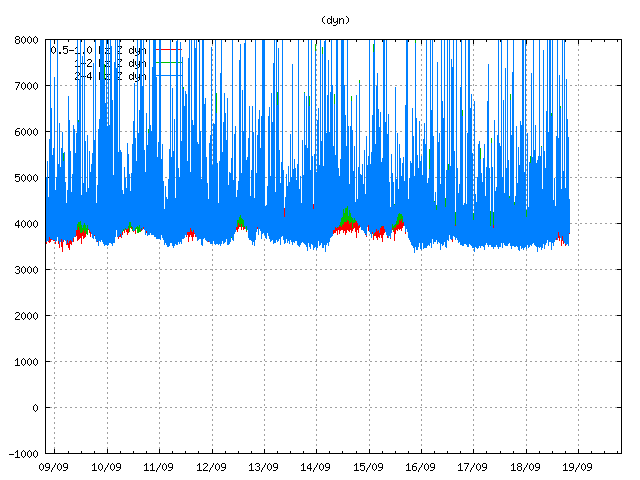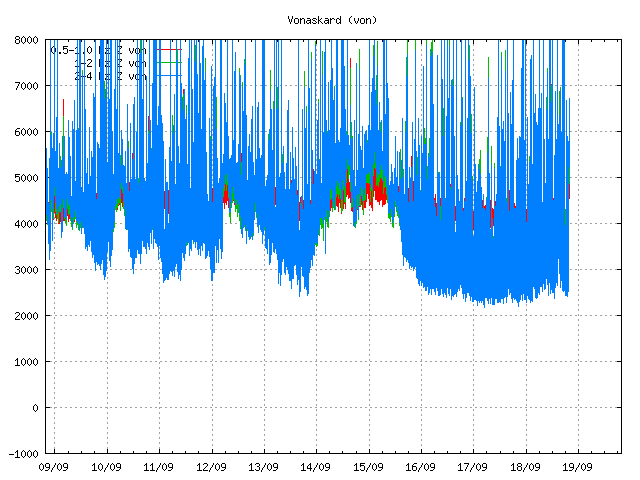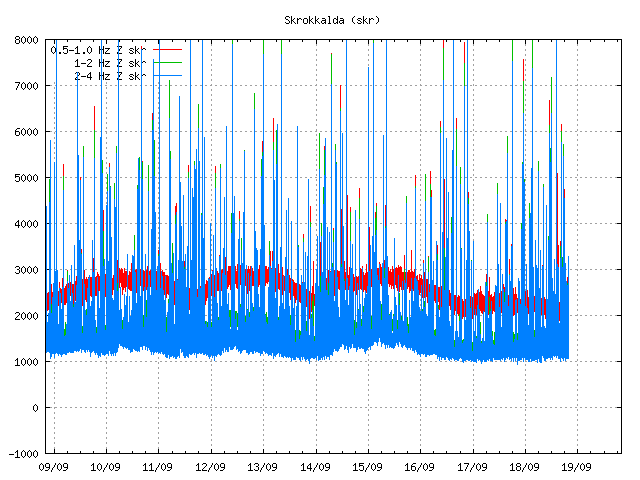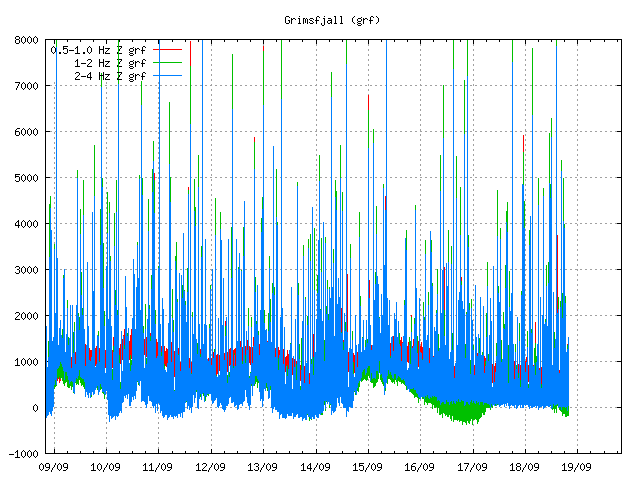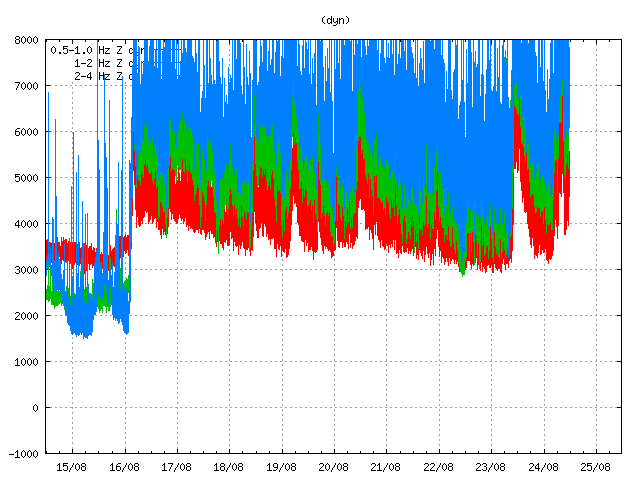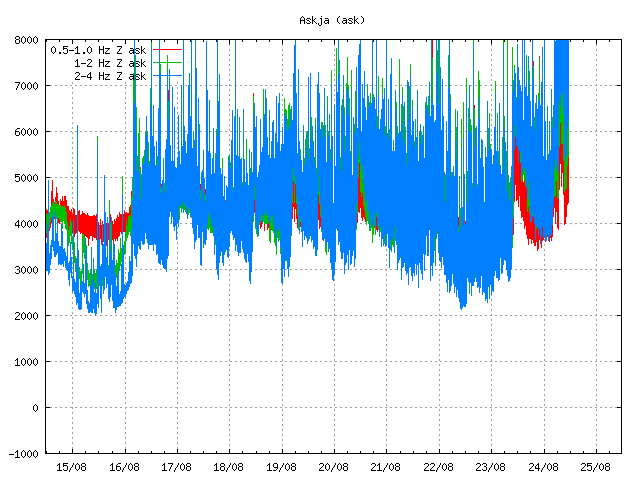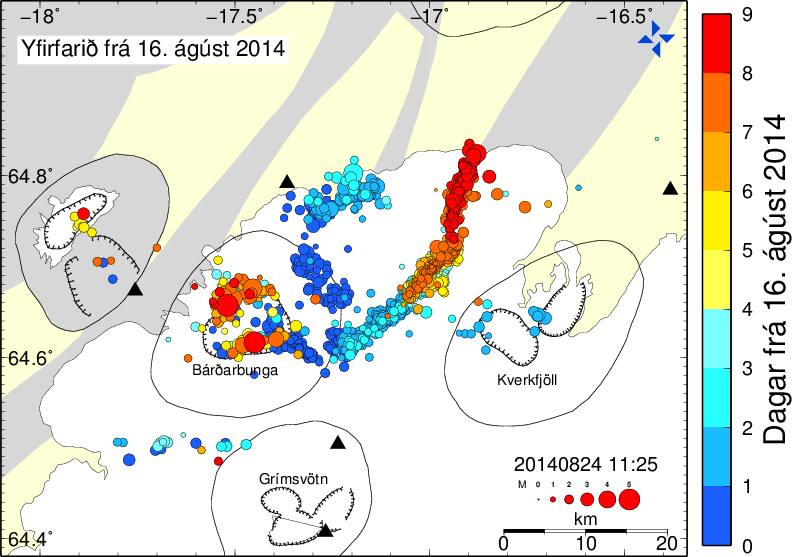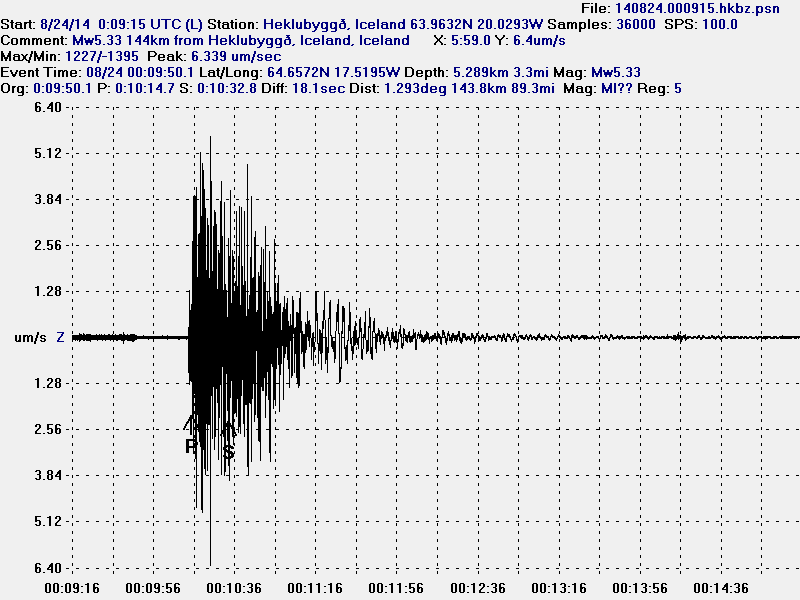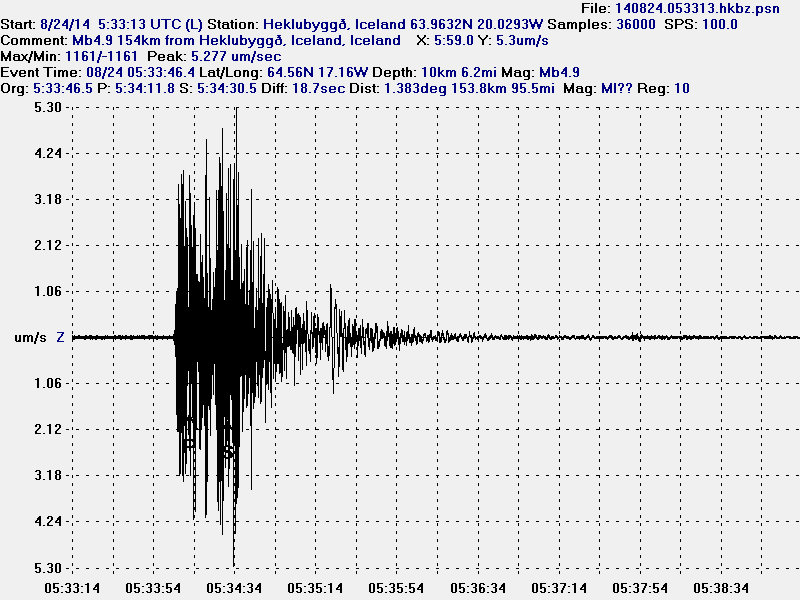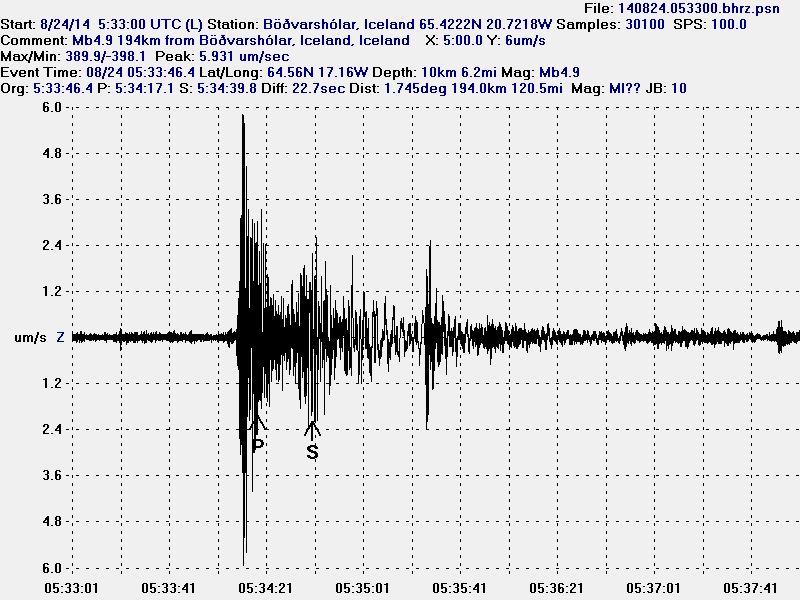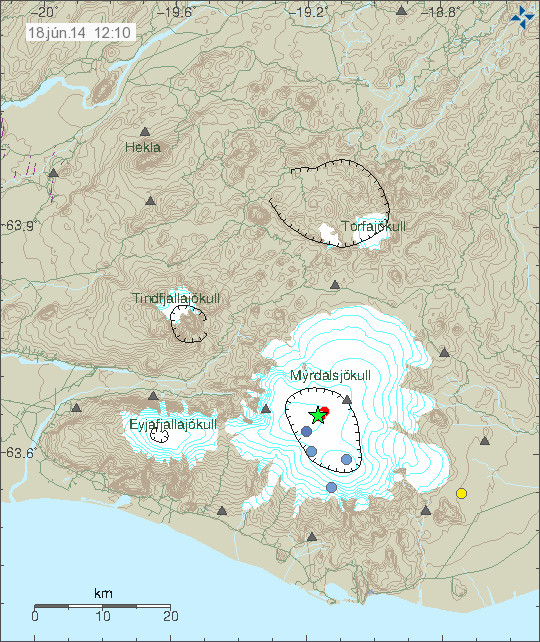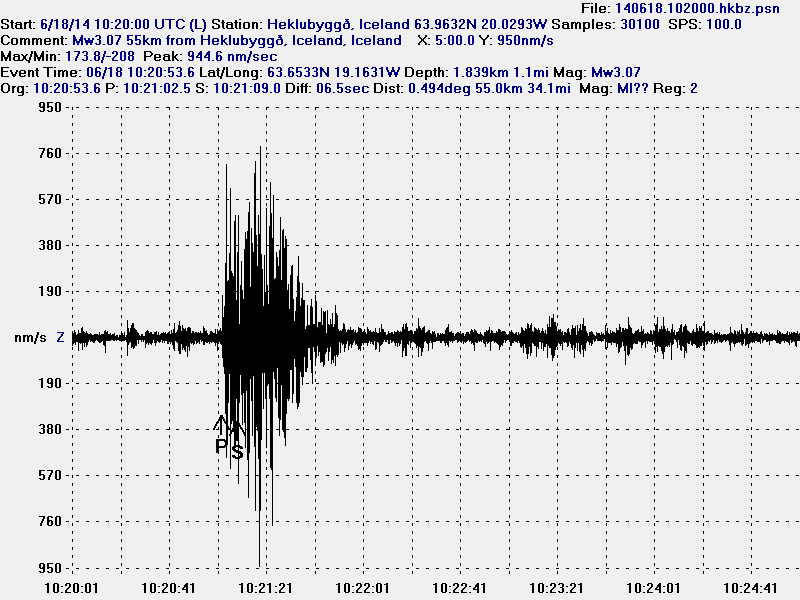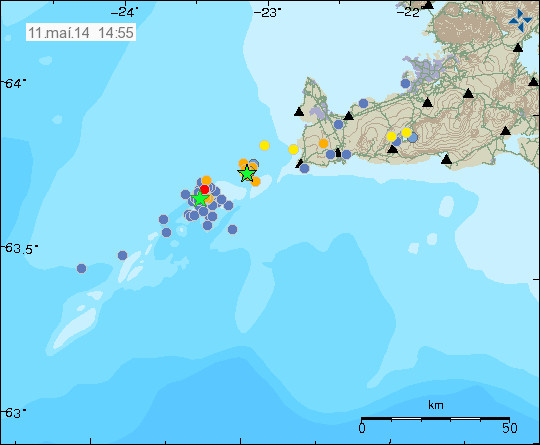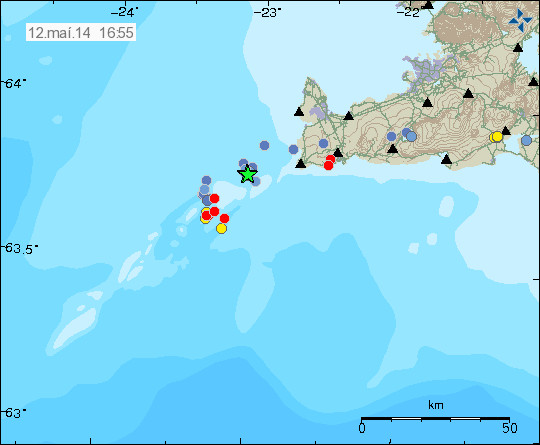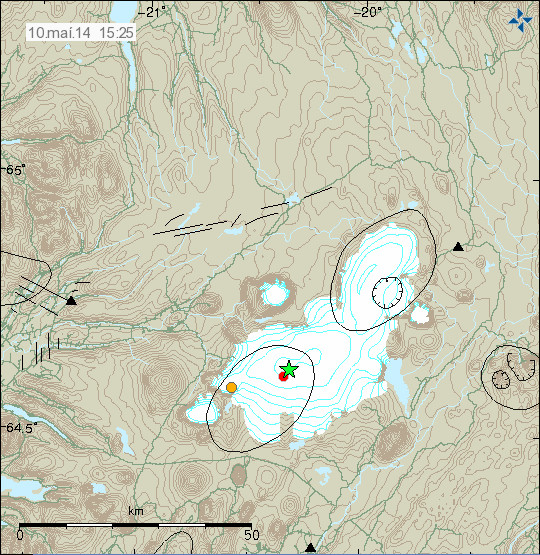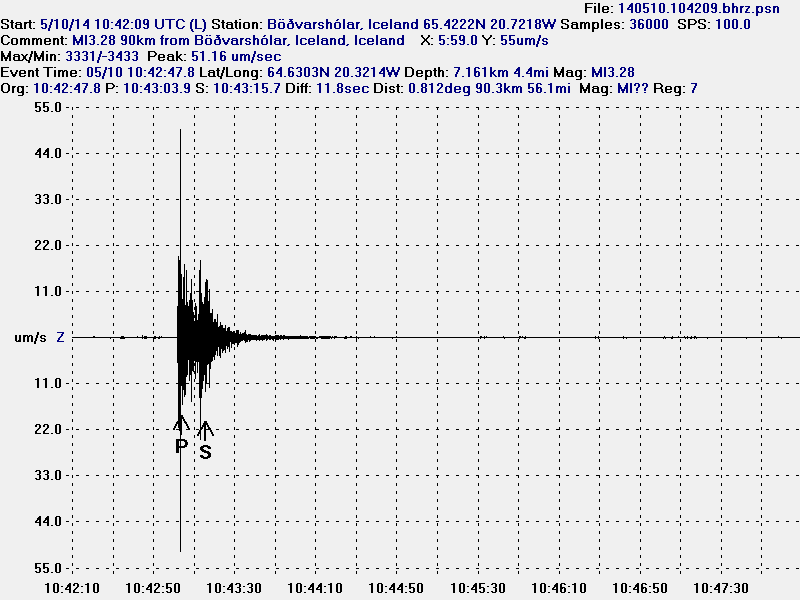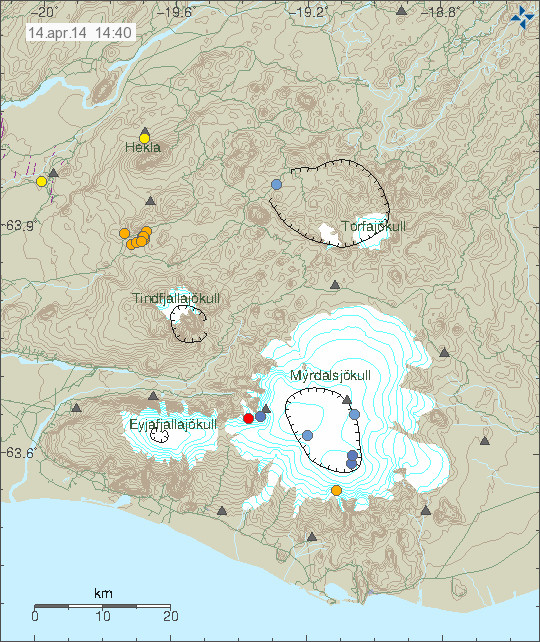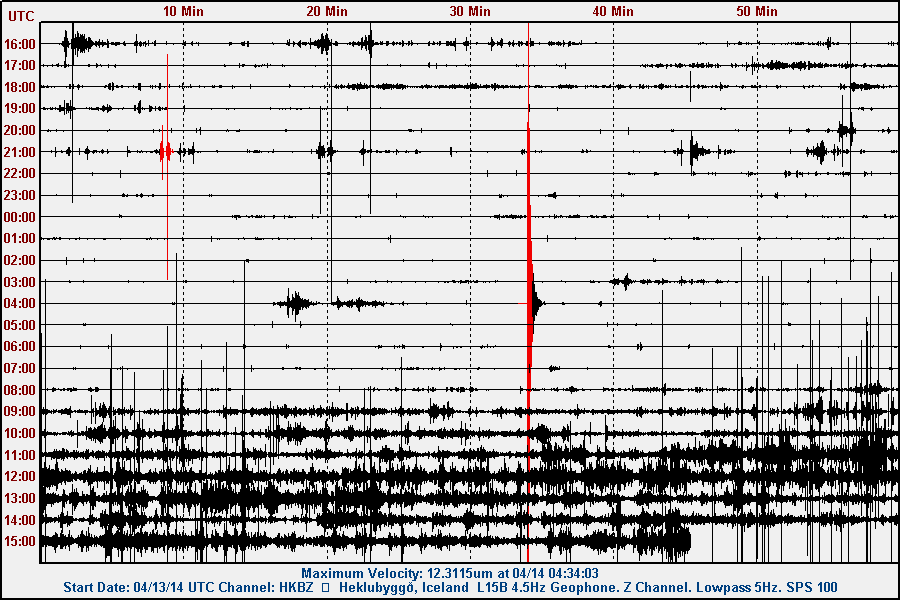This is my attempt to answer the most common questions about Bárðarbunga volcano. I don’t have time to cover all the questions, so this is just the most common questions that I have seen on this website. Along with few questions that people who are not into geology might want to know the answers too.
Bárðarbunga volcano common questions answered
Why is Bárðarbunga erupting?
This is part of the natural process in Iceland. Since Iceland is on a Mid-Atlantic ridge (MAR) [Mid-Atlantic Ridge]. The drift is 2,5cm/year, but it doesn’t happen evenly over the ridge and it happens in jumps. So over a period of 200 – 700 years nothing happens, until one day the process start and the ground starts opening up and eruption cycle starts that might last for years. That is what happened in Bárðarbunga on 16-August-2014. Day before (15-August-2015) there was nothing suggesting to anyone that an eruption was about to start.
Is the eruption dangerous?
Yes and No. It depends on what it does and what happens. Today it is not dangerous to anything when it comes to lava flows since nothing exists where the eruption is taking place. Since the eruption is taking place in a desert in Iceland, where nothing grows or lives. Most danger at the present time is the SO2 gas, CO and CO2 gas from the eruption. Mostly SO2 since it goes long distances with the wind and is in high density. It has already created problems for people in Iceland closest to the eruption, even if that is distance of 100 – 200 km.
What about eruption under the glacier?
There have already been five (or six) eruption under the glacier since this started on 16-August-2014. None of them were big and did not break up trough the glacier or create large glacier flood. The risk is that new eruption are going to take place under the glacier and are going to create problems due to glacier floods that happen soon after. It is expected that three bridges in north Iceland are going to get lost if an large glacier flood takes place. With large being more than 60,000m³ of water each second (or what they use to calculate that type of flood). In south Iceland there is risk to dams, electric infrastructure, roads, bridges and other things in the path of the glacier flood. Glacier floods are expected to go at least two ways from the glacier in the worst case.
Is it possible to predict when next eruption happens?
No. It is not. We at best get a warning with earthquakes some hour at best before it. But as this eruption has shown, that is not always the case along the dyke.
How long is the dyke?
From start to end the dyke is around 45 km long, most of it is under a glacier. It is also creating rift valley above it. That rift valley is going to be filled with new magma as the time goes on. That might not happen in this eruption cycle.
How long is this going to last?
We don’t know for sure. At that shortest some months, at the longest for the next decade or so.
Is this eruption going to create an ash cloud?
Yes, it might. Eruption under the glacier is going to create ash cloud. How big and how high it is going to be depends on the energy of the eruption and where it goes depends on the wind.
Is it going to create a flight chaos as happened with Eyjafjallajökull in 2010?
No, that is unlikely to happen. While disruptions should be expected once an eruption starts under the glacier that appears to be powerful enough to break trough the glacier. The volcano ash from Bárðarbunga volcano is going to be different, since the magma is basalt, it is going to explode on contact with water, creating volcano. No lava is not going to be erupting while water gets into the erupting craters. This also means that the volcano ash that forms is larger and heavier as result. That means it doesn’t stay as long up in the air and does not go long distances.
What is happening to the caldera?
The caldera in Bárðarbunga volcano is collapsing. The older caldera is collapsing into a new caldera. This process seems to be independent of the rifting that is now taking place in the north zone of the Eastern Volcanic Zone (EVZ) in Iceland. For image of the rift zones in Iceland click here. Science paper on the rift zones can be found here.
The caldera is collapsing because a weakness has formed in the magma chamber. This process started some time ago, since I don’t think it is a new one. But the end process seems to be taking place now. The caldera is going to stay up for as long there is magma holding it up. It is not possible to know when the caldera is going to collapse. All we know is that it is going to take place. When and how is not something we know and that might be a problem.
Is it possible to go there?
No, it is not possible to go there. The area is closed for public traffic and for a good reason. The lava is full of dangerous gases that can kill in few moments. Wind can change and bring those gases to people without warning. What is possible is to rent an air plane to fly over the area, that is expensive and not everyone can afford it. When the eruption ends the area is going to be opened up, then it is going to be possible to check out the lava field, if anything is going to be visible after the glacier floods that might take place in this area if an major eruption takes place under the glacier.
What is a fissure eruption?
Fissure eruption is an eruption that happens along a rift in the crust. Often there is a dyke feeding it, as is the case with current Bárðarbunga volcano eruption. The dyke from Bárðarbunga volcano is 45 km long and eruptions can happen along it all the way up the main volcano. After a while, the fissure eruption often ends with just one or two crater erupting. This is now taking place in Holuhraun eruption. That is also increasing the risk of new fissures opening up without warning, both close to the current eruption site and along the 45 km long dyke.
What type of magma is erupting?
Bárðarbunga volcano is erupting magma called Basalt. That means it flows easily and is not explosive. This type of magma only gets explosive when it comes into contact with glacier or water (lakes, oceans, rivers and ground water). More informations about what types of magma that exist can be found in the link below.
Types of magma
Hawaiian eruption
Magma
Short answers about the website
How many people run this website?
It’s just me. One person.
Does it take long to work on it?
Yes. I work on it for up to 10 hours a day this past month due to the eruption in Bárðarbunga. I am always checking for new data and checking what the news says for new information. I can take me up to 6 hours to write a long article, since there is eruption taking place now and information change quickly I try to write everything that I need to write down in about one hour. This article for example has taken me around three hours to write since I started writing it (with some dinner breaks).
Why do updates take so long to appear?
I like to check the data and the news for new information. Since it takes time for me to find and check that information I often cannot update until late in the evening. I update quickly as I can if a new eruption starts or if a large earthquake takes place.
How do you fund this?
With donations, Amazon Advertisements and out of my own pocket. I only have at current just social welfare from Iceland, it is small and so small that I can at times hardly pay my bills here in Denmark.
Is is possible to support your work?
Yes. Use the PayPal button. If you don’t want to use PayPal you can support me directly with a bank transfer. Information for that can be found here.
You have your own seismometers?
I don’t have seismometers as such. What I got is called geophone. It is not as sophisticated as seismometer, it gets the job done for me and that is good enough. I plan on one day to buy a Volksmeter, they are however expensive and cost $1995 for dual channel one. My geophone website can be found here. I have been running geophones in Iceland since 2006 when I started my first one in Hvammstangi, Iceland.
What software are you using?
For the moment I am using WinSDR and Winquake for my earthquake recordings. WinSDR comes with the geophone and so did WinQuake since I was buying the hardware. More details can be found here, both on hardware and software. I plan moving to FreeBSD solution once I have learned to program my own software for this. I am going to do so when I am in Iceland. I don’t expect to have anything else to do (besides monitoring eruptions taking place and writing few books and learning German, Portuguese and Spanish).
How long are you going to continue to run your geophone?
I don’t know. I know that I can do so forever. I have already closed down Eyrarbakki geophone station and Skeiðflöt geophone station since the people hosting them where unable to do so any longer. I always have one geophone with me where I live. So I am always going to have one running, along with possible long period seismometers that I might buy at later day.
Are you in Iceland?
No, at the moment I live in Denmark. I am going to move back to Iceland in December for a short period (I hope) since I can’t afford living in Denmark on my social welfare from Iceland. I don’t know for how long I am going to stay there. I don’t expect to last there due to culture issue that I am having, even if I am born in Iceland. I am considering moving to Flores, Azores Island [to Santa Cruz das Flores] next time (the Island is a volcano and on the mid-Atlantic ridge). Even if living there is in technical aspects of it out in the middle of nowhere. I just need to have the income to live there and at the moment I don’t have it. When that is going to happen is something I don’t know at the moment.
Can I use what you write here?
Yes, you can. The only requirement is that you provide link to the source material. Since this website is under Creative Commons Attribution-ShareAlike 3.0 Unported License. This however does not apply to comments and images that I don’t own. More details can be found here on how to share this website properly and in accordance with the licence that I use for it.
Article updated at 20:41 UTC.
Article updated at 21:02 UTC.

